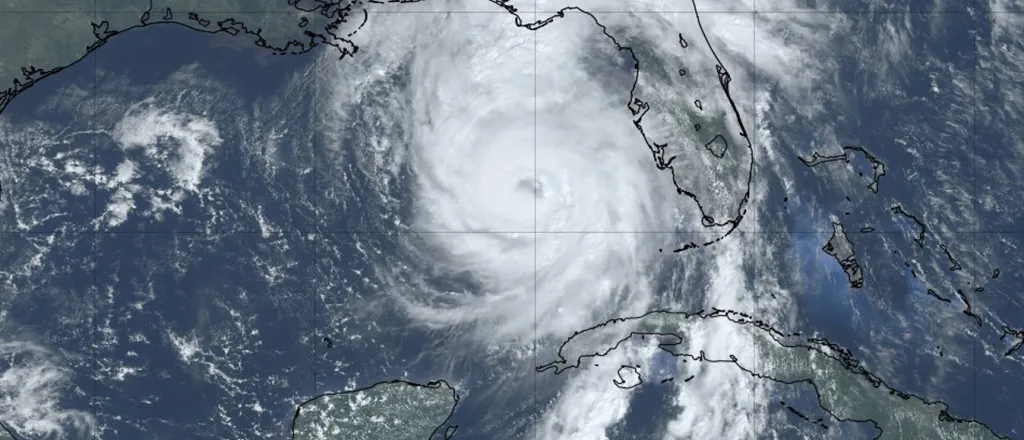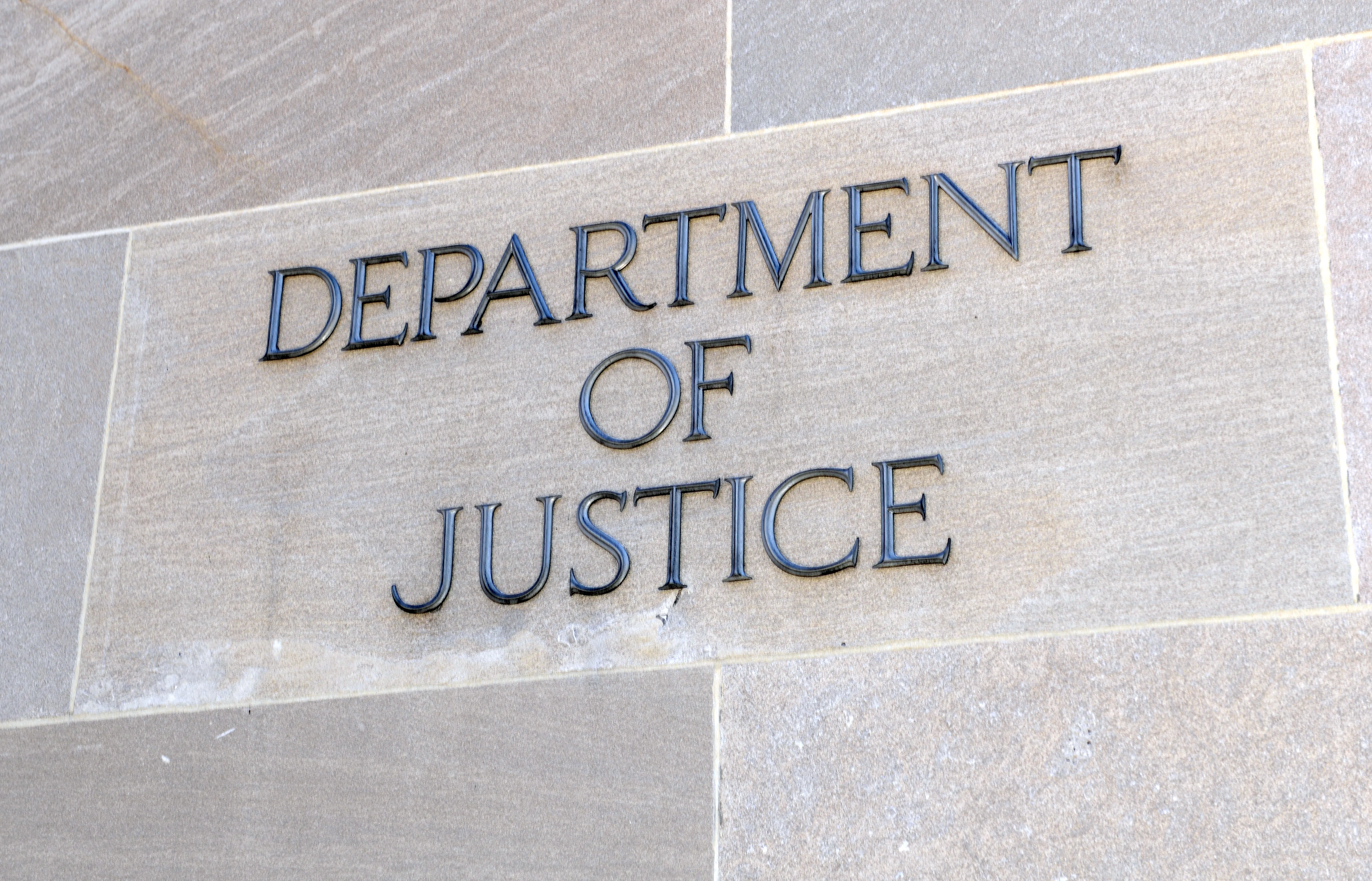
North Carolina turns to local foundation for long-term Helene recovery
Courtesy NOAA
Click play to listen to this article.
It has been just over three months since Hurricane Helene devastated Western North Carolina, leaving communities to rebuild and recover.
As the immediate relief efforts wind down, the focus is shifting to the more complex challenges of long-term recovery.
Jennifer Tolle Whiteside, president of the North Carolina Community Foundation, said rebuilding is just one piece of the puzzle. Many other critical needs require ongoing attention and support.

© iStock
"There are infrastructure, including roads and bridges and houses that will need to be rebuilt," Tolle Whiteside pointed out. "We are particularly concerned about mental health issues, sort of the education and effect on children and communities, as well as some of the basic needs."
Governor Roy Cooper recently announced $15.5 Million from the North Carolina Disaster Relief Fund will go to the North Carolina Community Foundation to support long-term recovery from Hurricane Helene. The figure is in addition to the $12 million the foundation has already raised, which will be distributed as grants to nonprofits serving Western North Carolina.
Tolle Whiteside noted the foundation's 19 affiliates in Western North Carolina are playing a key role in identifying the specific needs of each community as recovery efforts continue. The local partners are not only assessing the damage but helping to prioritize resources for critical issues such as housing, mental health and education. She stressed while progress is being made, the work is far from over and sustained support will be essential for years to come.
"These issues are long-term in nature and it's going to take a long road to recovery," Tolle Whiteside emphasized. "These communities need our continued support and attention."
Recent estimates from Governor Roy Cooper's office indicated the damage from Hurricane Helene has escalated to nearly $60 billion, surpassing the first estimate of about $54 billion released in October. The damage costs are roughly 3.5 times those of Hurricane Florence in 2018.
















